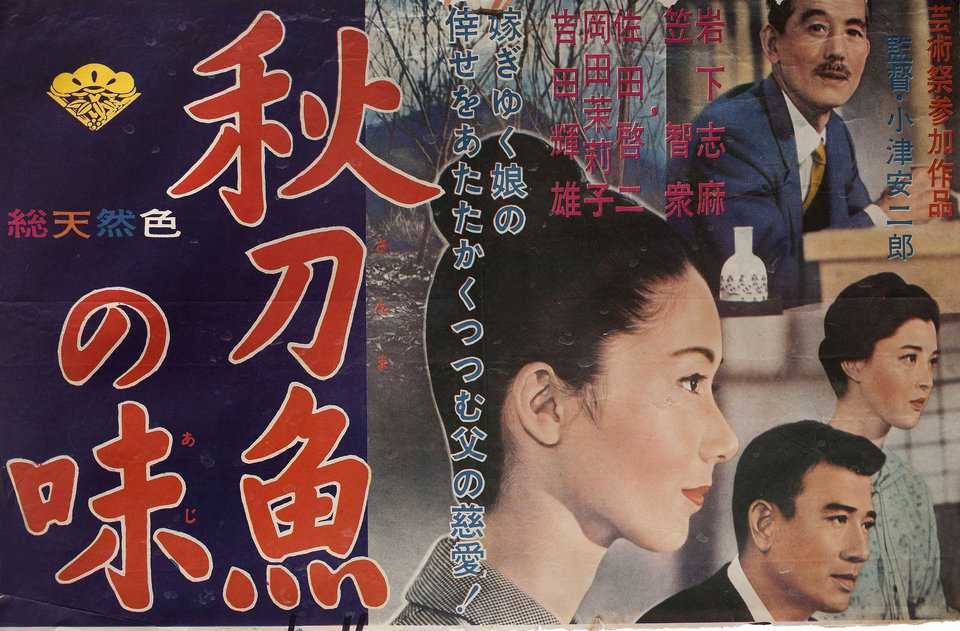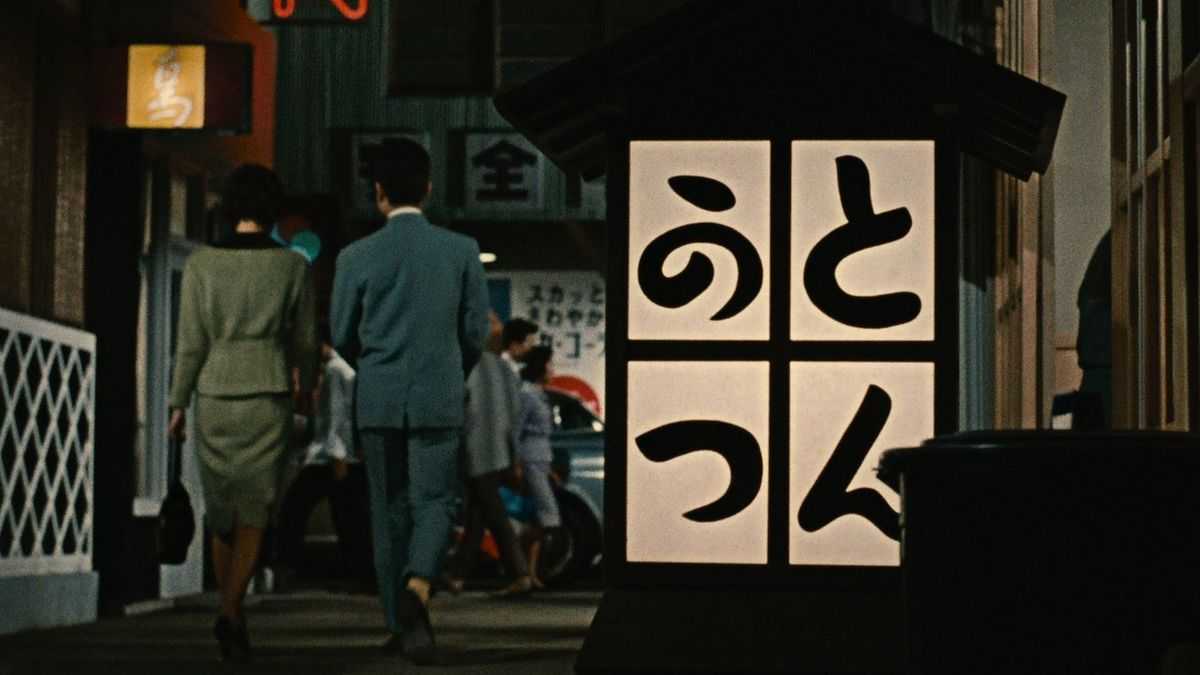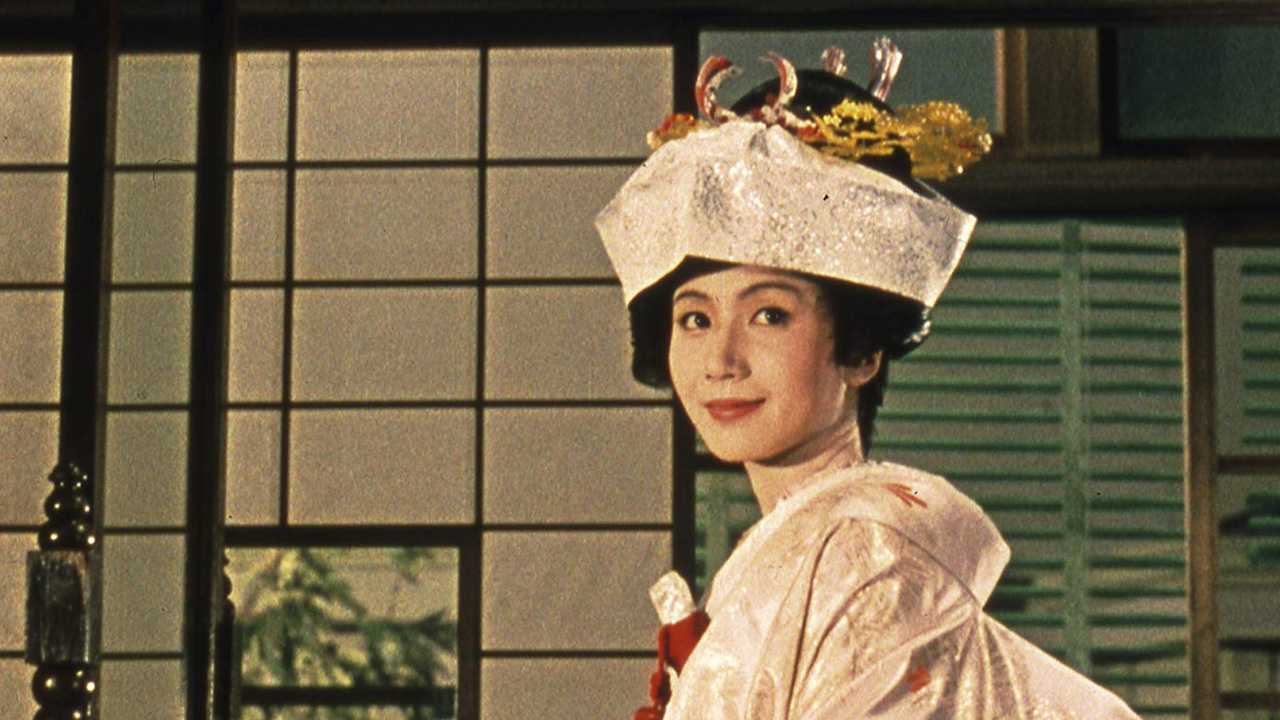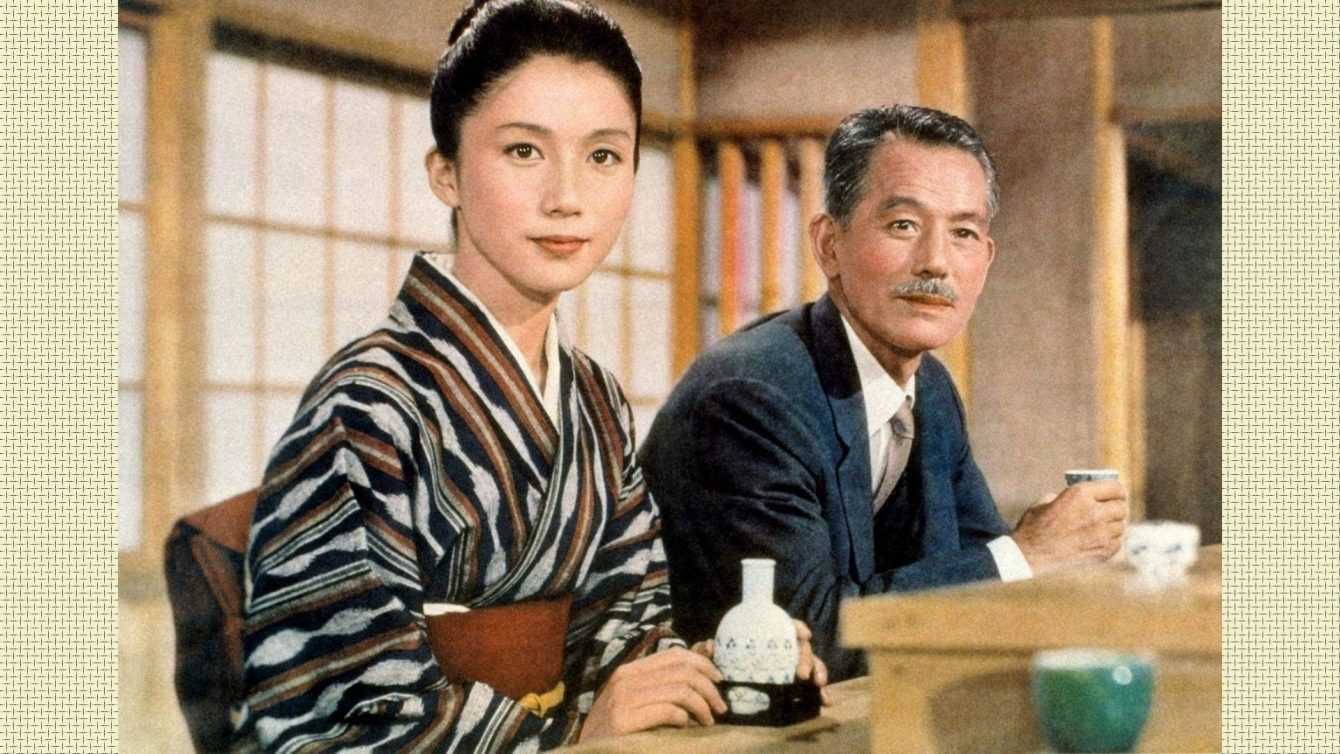Welcome back to our appointment with In the mood for East, a column entirely dedicated to oriental cinema. Today we are talking about Yasujirō Ozu’s The Taste of Sake
We have arrived at the umpteenth Monday, once again here on TechGameWorld.com. So here is a new appointment in our column In the mood for East, where every week we deepen the cinema and oriental directors. This time we are dedicating ourselves to another milestone in Asian cinema, one of the many that have marked the career of Yasujirō Ozu. To all effects one of the greatest Japanese filmmakers, in his forty-year career Ozu has been able to tell the tradition, innovation and contradictions of his native country better than anyone else. On the other hand, at home he is defined as “the most Japanese of Japanese directors”, to the detriment of the delay with which he was discovered and celebrated in the West.
The taste of sake is the latest film in Ozu’s long career. It was 1962, and the director would die prematurely the following year, at only sixty. The original title actually means “the taste of saury”, a fish that is eaten in Japan towards the end of summer, heralding the arrival of autumn. Almost as if it were a will (even if it was not meant to be one), the work turns out to be one melancholy and nostalgic reflection on the passage of time and the inevitability of change.
Plot | The taste of sake

Shūhei Hirayama (the inevitable Chishū Ryū) is a former naval officer, now employed in a company, wealthy, widower with three children. Koichi (Keiji Now) is the eldest and only of the three to be married, Kazuo (Shinikiro Mikami) is the youngest son, while Michiko (Shima Iwashita) is the only female. The latter, since her mother died, has been taking care of the housework and looking after the men of the house. Since the girl is already twenty-four years old, Hirayama begins to suffer pressure from friends, who urge him to marry her so as not to condemn her to a life of solitude. The man, however, is reticent, and hesitates at the idea of separating from his only daughter.
During a class reunion, Hirayama and the others have a chance to talk to Sakuma (Eijirō Tōno), a former teacher of theirs. Thus they discover his poor living conditions, and his regret for not having let his daughter get married. Hirayama then begins to think of having to reluctantly find a husband for his Michiko.
A country in evolution | The taste of sake
The strength of an author like Ozu is undoubtedly there charged with his gaze. With Il gusto del sake, the Japanese master succeeds in tell an entire nation through pieces of daily life, family stories, events involving single men and women. The protagonist families then become theJapanese family emblem, anchored to its traditions but pushed in an inexorable way towards modernity.

At the time Japan was a country that, after the defeat of the Second World War, was changing. It was changing because it was influenced by Western customs and traditions, in particular by the myth of America. Because women were beginning to emancipate themselves and take on a more central role in society, no longer subject to patriarchal logic. It was changing because consumerism was shaping a social status to aspire to, both socially and economically. Fashion had also changed, as had the urban landscape, with cities slowly turning into the industrial metropolises we know today. At the same time, in this Japan with such a different face, gods remained central points: marriage (often arranged), the indissoluble bond of the family, the relationship between parents and children, the sense of duty of the least towards the former.
The dualism between tradition and modernity it is also reflected in a seemingly banal aspect such as alcohol. Yes, because the alcohol actually flows freely throughout the film. Alcoholic drinks accompany solitary meals or in company, the days of celebration and the saddest ones, they act as the only way out against loneliness. The sake, part of a thousand Japanese traditions, is gently poured from ceramic bottles decorated in small colored bowls. But we also find beer and whiskey, imported from abroad and symbols of the innovation of a country that was opening up to the world.
The disintegration of the family unit | The taste of sake
The taste of sake fits perfectly into the genre that Ozu faced for most of his career: the shomin-geki, or those films that portray the petty-bourgeois class. The work gives us one reflection on the family, seen as the only certainty in a changing world. But also on the solitude, which becomes heavier with the passage of time. The children grow up, they abandon their parents, this is the natural course of the family whose bonds are destined to gradually disintegrate. And it is a theme often explored in Ozu’s filmography, that of breakdown of the family unit. All that remains is to resign oneself to the acceptance that one’s condition and duties change, just as one confronts the change of an entire country.

On the contrary, Ozu’s style appears immutable: fixed shots, the camera placed at tatami height, a rigid formal composition, a light look that caresses the events and manages to make the laid tables poetic, the rooms now left empty, the poignant final scene.
Conclusions
Ozu never looks at the small tragedies of everyday life with a serious look. On the contrary, we find in him a great lightness and serenity. The sense of the tragic never explodes, but accompanies us lightly and intimately for the entire duration of the work. You will be amazed by the way in which the author draws a nation so thoroughly, without straying from the personal stories of its characters.
A filmmaker definitely worth discovering.
Keep following ours specials dedicated to cinema and TV series, with a simple click on this page!















